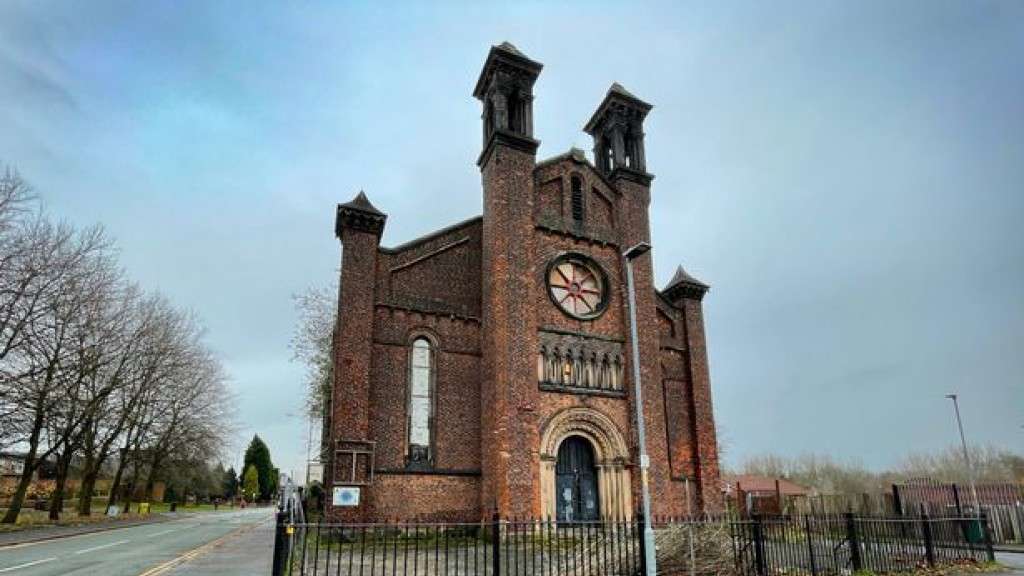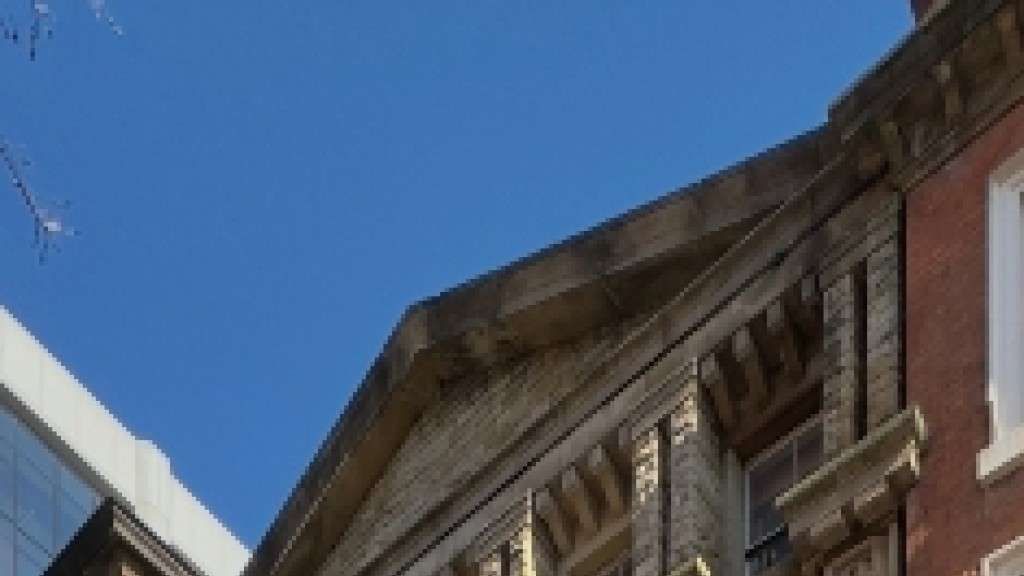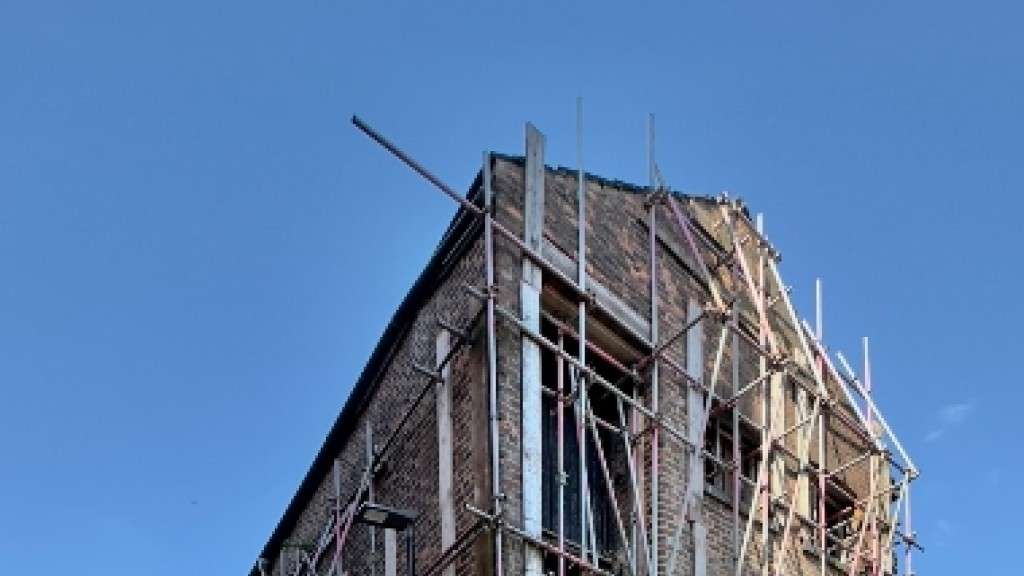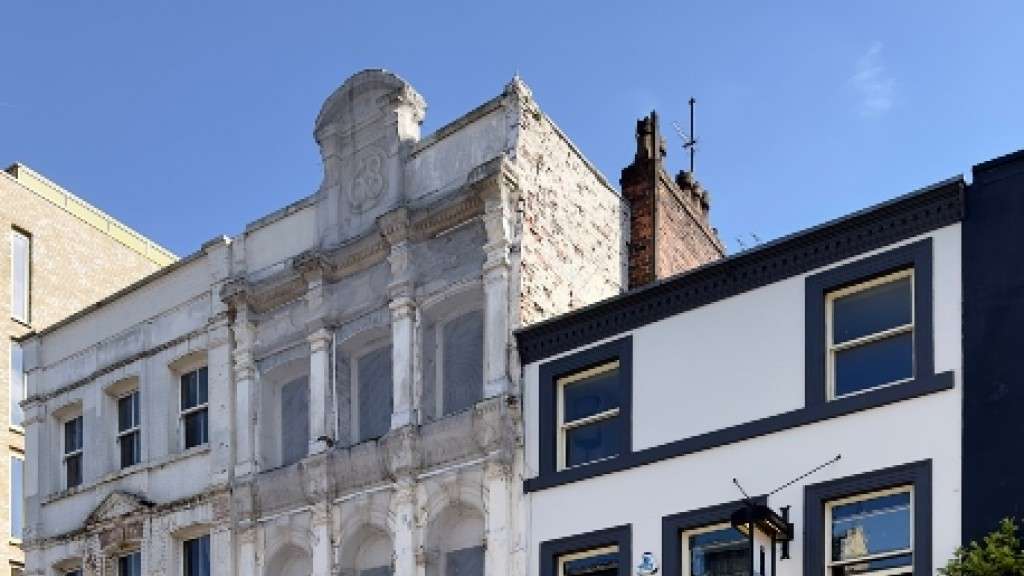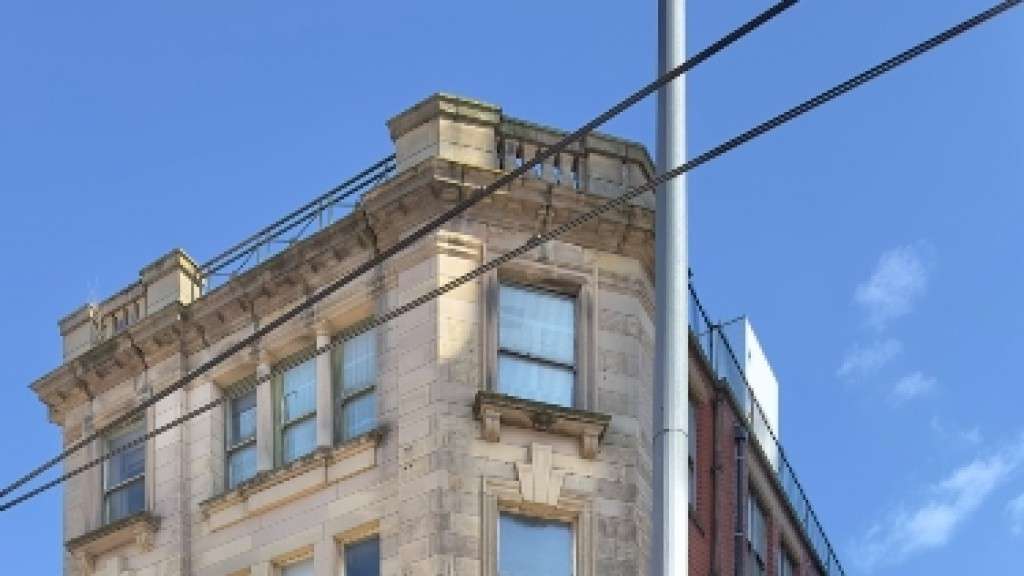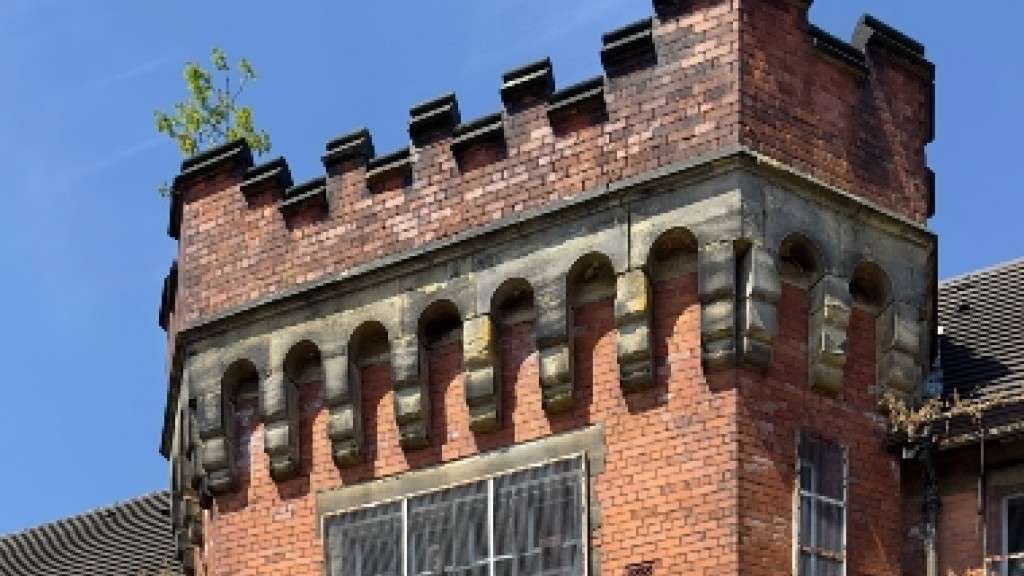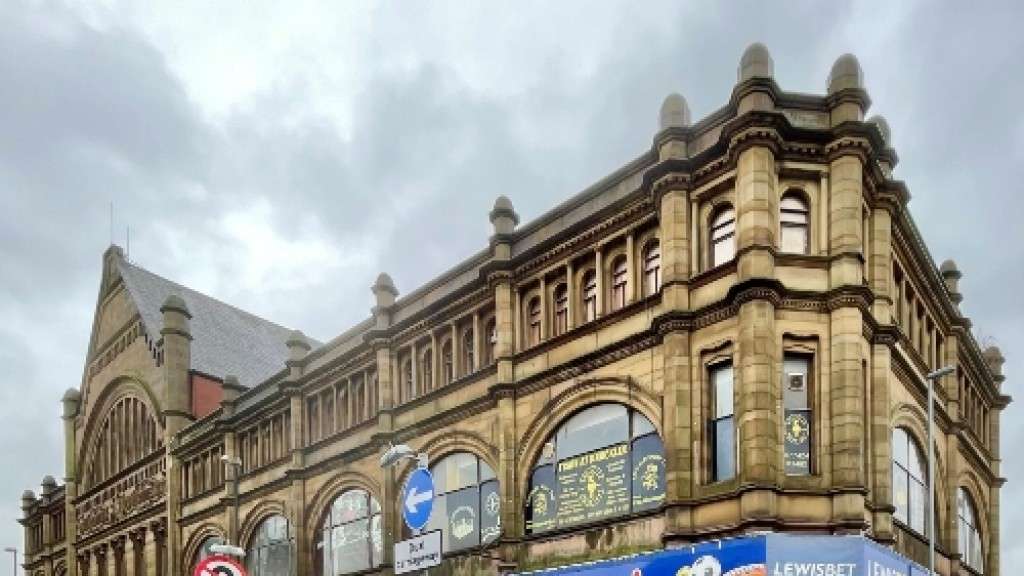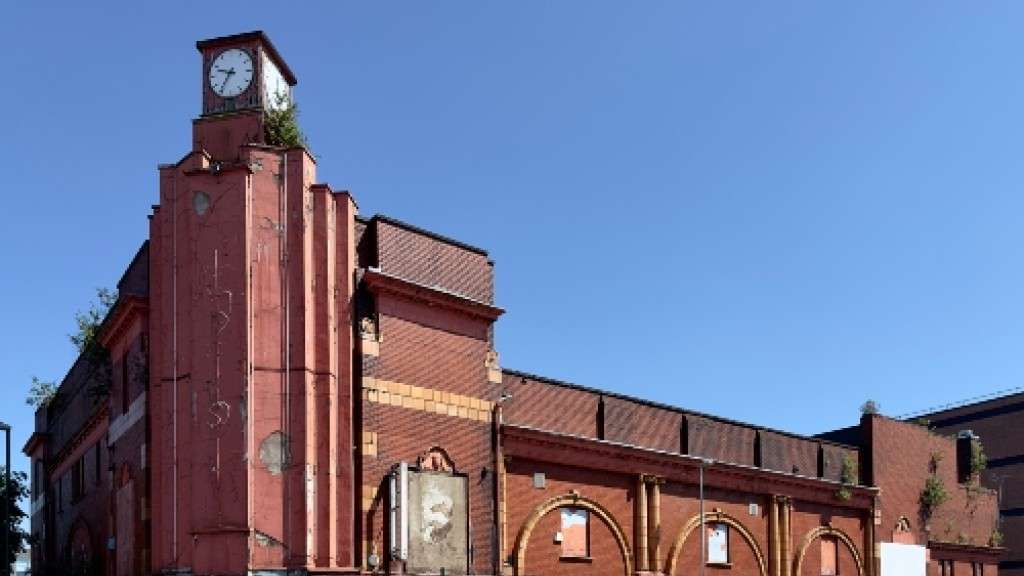Buildings at Risk: New Entries in Manchester, Oldham and Rochdale
Following the publication of "Boom not Bust: How Manchester can build the future without destroying its past", we are adding to our Buildings at Risk Register new entries identified by the report's authors in Manchester, Oldham and Rochdale. These 18 buildings, listed below, are all at risk of dereliction or demolition, avoidable outcomes which would rob their communities of local landmarks that connect them to their past and which hold the key to economic and social revival if restored and reused. More detail on each building can be found on the online Buildings at Risk Register which is available to Friends of SAVE.
51-53 Richmond Street, Manchester, M1 3WB: This grade II listed former textile warehouse built in the 1860s, is considered a unique example of a small purpose-built warehouse which has undergone very little alteration since its construction. Now disused, it is vulnerable to unsympathetic development.
Church of All Souls, Every Street, Ancoats, Manchester, M4 7DR: This striking grade II listed church in Ancoats was designed by William Hayley and built between 1839-1840 in the Romanesque style. The church forms a handsome part of Every Street but has been unused for over 30 years and has fallen into disrepair.
51 Spear Street, Manchester, M1 1DF: This brick warehouse in the Northern Quarter is thought to have housed James Peduzzi’s barometer-making and mirror repair business. Peduzzi, along with his brother, were Italian immigrants who set up a series of businesses in Manchester during the early 19th century. Now disused, it is vulnerable to dereliction and development.
Former Theatre Royal, Peter Street, Manchester, M2 3NQ: On a street full of eye-catching listed buildings, the grade II former Theatre Royal more than holds its own with a grand porticoed front. The Theatres Trust (on whose at risk register this also sits) describes the façade as “one of the finest examples of theatre architecture to have survived in Britain from the first half of the nineteenth century”. It is Manchester’s oldest theatre having been built in 1845. It has been disused for at least a decade but no new use has been found for it. Next door, the grade II* Free Trade Hall, built on the site of the Peterloo Massacre and site of the birth of Women’s Suffrage, is now a Radisson Edwardian Hotel.
Former Cox’s Bar/ Royal Central/ Baty’s Bar, Windmill Street, Manchester M2: This former bar forms a slice across the back of the now disused Theatre Royal (see separate entry). This end of the theatre building faces towards what became in 1876 Manchester’s railway station (now the G-MEX centre and grade II* listed). Its fortunes are linked to those of the Theatre Royal and at present it stands boarded up and empty.
41-43 Faulkner Street, Manchester, M1 4DY: Originally a warehouse built in 1846, the classical façade of this grade II listed building would not look out of place as the grand offices of a bank. Quite the grandest of the buildings on this stretch of street in the China Town district, its lower floors are in occupation but there is concern about the upper storeys which are showing signs of neglect.
38-45 Back Turner Street, Manchester, M4 1FR: This series of late 18th and early 19th century cottages and workshops are grade II listed in recognition of the rarity of these surviving early examples of small-scale weavers accommodation in Manchester. In fact, these examples are only just surviving and some of this range is being held up by extensive scaffolding whilst number 36 collapsed in 2005 having been listed in 2004.
68-70 Oldham Street, Manchester, M4 1LE: Dating from the 1860s, these two unlisted buildings are shuttered and distinctly decaying. Standing on a street lined with shops and restaurants, these buildings look as though they were part of the original commercial life of the area and have interesting upper floors with classical detailing in stucco. No 68 in particular has elegant decoration and is topped by a plaque reading “68” with a semi-circular pediment.
Charter Street Ragged School, 142 Dantzic Street, Manchester, M4 4DN: Built in 1892 by the same firm that was responsible for the Blackpool Tower, this grade II listed building is a “rare and relatively early” example of the social provision for girls by providing safe accommodation, unusually combined with a ragged school. It is a fascinating and unusual building which sits almost wedged under a railway bridge, making it easy to conjure a picture of its original life in an area which was known as one of the most deprived in Manchester.
Particular Baptist Chapel, Rochdale Road, M4 4TG: A noteworthy building on this stretch of road, this 1907 unlisted church’s homely bulk is a somewhat forlorn sight. All around it new build blocks proliferate. Its brick form is enlivened by terracotta decoration in art noveau style. The building is disused but could surely find some kind of community or commercial function
Marsden Harcombe and Co, Marshall Street, Manchester, M4 5FU: For lovers of industrial architecture, and warehouses in particular, this nicely proportioned and well-designed block is a huge treat. Built in 1934, it has an Art Deco style entrance door framed in deliciously eye-catching green glazed tiles. It stands among large gap sites, interspersed with new residential blocks and other tantilising but moldering ex-industrial buildings. Bringing back these vestiges of the commercial past into use is the only way to preserve the defining industrial character of this neighbourhood without which it is just another shabby street.
Ex-industrial building, corner of Mason Street/ Marshall Street, Manchester M4 5FU - For sale: Another deeply evocative and interesting former industrial building stands near to the Marsden Harcombe building (see separate entry). It has been derelict for a long time. Believed to date from around 1920, it forms a group with a number of other warehouse/ office buildings on this and adjoining streets. A pub which used to stand on the opposite corner has been lost. These were once part of a humming area of light industrial activity.
20 High Street, Manchester, M4 1QB: This small but distinguished building provides a slice of mid to late Victorian classical style just opposite the looming white bulk of the Arndale Centre. It appears to be the last surviving pre-20th century building on this stretch of the High Street. It is threatened by the delayed demolition and development of an adjacent site with which it is to be united.
Oldham
Volunteer Drill Hall (The Old Drill Hall), Rifle Street, St Mary’s, Oldham, OL1 3AY: With a distinctive Gothic frontage incorporating crenellations this is an imposing presence in St Mary’s. The hall was built for the 6th Volunteer Battalion Manchester Regiment by Thomas Taylor of Oldham and opened in 1894. The volunteers who used the hall played an important part in various conflicts such as the Boer and First World War as well as in the development of the Territorial Army. Closed in 2002, it has survived permission for demolition and come through a fire but needs a new use to ensure its survival.
Hill Stores (Oldham Equitable Co-operative Society) 146-148 Huddersfield Road, Oldham, OL4 2RD: Originally featuring an impressive range of stores including drapery, furnishings, gentlemen’s outfitting, a butcher, and a grocery department this grade II listed hall built in 1900 also housed offices, board rooms and an educational department which contained a newsroom and library. The building also contained two ballrooms, with the largest being able to seat 1000 people. It needs a comprehensive reuse plan.
Former Grand Theatre, 51-53 King Street, Oldham, OL8 1EU: This distinctive former theatre in Oldham was opened in 1908. It has served as a cinema, ballroom, bowling alley, nightclub and snooker club and closed in 2008 with a threat of demolition looming. Despite that it became a Roller Derby venue but they rolled on, leaving the building in 2020 and the threat of demolition looms again.
Rochdale
Kingsway Hotel, 145 Kingway, Rochdale, OL16 5HS: Opened in 1938 by Rochdale & Manor Brewery Limited, the pub retains many of its original 1930s interior including the revolving door, making it of particular importance to the heritage of Rochdale. Sadly, the pub closed in 2018 and has been left unused since, putting it at risk of gradual decline.


